My Favourite UNESCO Site…by 10 Travel Bloggers
Every UNESCO World Heritage Site is special, which is why it exists on UNESCO’s list. It may have a glorious historical past, stunning natural beauty or a rich cultural backing. Whatever the reason be, visiting a UNESCO Heritage Site surely does give one the opportunity to appreciate a thing of beauty, be it natural or man made.We asked ten travel bloggers to share their favourite site with us… and here is the list…
Pompeii, Italy
Visiting Pompeii is like getting a window into life in Ancient Rome. In 79 AD the city was destroyed and thousands of people were killed when nearby Mount Vesuvius erupted. Pompeii was buried under 25 metres of ash and forgotten about for 1800 years until it was rediscovered by explorers. It’s been excavated ever since and more is still being discovered. The ash preserved the city like a time capsule, with everything from mosaics and frescoes to graffiti and even a burnt loaf of bread in an oven. It’s a huge site, stretching over 160 acres, so although it’s hugely popular you can always find a spot away from the crowds. Get there early and get lost in the city streets where you can almost picture the crowds in the forum and chariots racing past.
Pompeii is 25km south of Naples, a 40-minute journey on the Circumvesuviana train to Pompeii Scavi station. Entry costs €11 for adults or is free if you’re under 18 and from the EU. The site is open 8.30am to 7.30pm from April–October or 8.30am to 5pm from November–March.
Contributed by: Lucy Dodsworth
Part-time traveller, full-time travel obsessive, Lucy is a UK-based freelance editor and designer who blogs at On the Luce, sharing tips and guides to help you make the most of your travel time.
Lucy’s Blog: http://www.ontheluce.com/
Giant’s Causeway, Ireland
“How do I get to the Giant’s Causeway?” is a question I get asked daily, working at the tourist office for Northern Ireland. And I can’t blame them: the octagonal basalt columns, flanked by the Atlantic Ocean in front and the dramatic cliffs behind is truly one of the most beautiful sites of the country! The Causeway is 50 to 60 million years old and was formed by volcanic activity. Standing on those columns, with a gale force wind crashing the waves onto the shore is something you absolutely need to experience while in this part of the world. But don’t limit yourself to the Causeway itself. Follow the path up to the cliffs for even better views! Absolutely breath-taking!
The Giant’s Causeway is open every day of the year, from dusk till dawn. The entrance to the Causeway and cliff paths is free, the entrance to the visitor centre is £9.
Contributed by: Els
Els in a travel aficionada and expat. She blogs about slow travel and loves getting under the skin of a destination.
Els’ Blog: http://www.myfeetaremeanttoroam.com/
Goreme National Park and the Rock Sites of Cappadocia, Turkey
Sculpted entirely out of consolidated volcanic ash – known as tuff – that has eroded over millions of years, the surreal landscape of the Goreme valley in Cappadocia, conceals rock cut sanctuaries and Byzantine cave churches, as well as a massive network of subterranean cities, several layers deep! Originally thought to have been built over 3500 years ago by the Hittites making their last stand against the enemy they called the ‘Sea People’, these underground refuges were later used by early Christians fleeing persecution by Romans and Arabs. Only forty have been excavated so far, and of these just six are open to the public.
Rising up over that dramatic, otherworldly terrain in a hot air balloon in the chilly grey light of dawn, remains one of our most memorable travel experiences ever. The rock cut dwellings above ground are still in use today, and many have been converted into delightful cave hotels that have a unique atmospheric charm.
Best time to visit is during spring and fall. Cappadocia is easily accessible by road and train from several Turkish cities, but the most comfortable way to get there is to fly into one of two airports in Kaysari or Nevşehir.
Contributed by: Madhu
Madhu is an interior designer turned compulsive wanderer who chronicles her journeys on her travel blog.
Madhu’s Blog: http://theurgetowander.com/
Hierapolis and Pamukkale, Turkey
Hierapolis and Pamukkale are UNESCO sites set side by side in Denizli Provence, Turkey. On a plateau are the remnants of the ancient town of Hierapolis, home of the original spa break. Enter by the South Gate, it’ll save you a steep climb, to see the 200 BC amphitheatre, the monumental Arch of Domitian and colonnaded Frontinus Street. There’s also a necropolis, the largest in Anatolia, where the views across the countryside and back to the dazzling white travertines are exceptional.
Pamukkale means ‘Cotton Castle’ in Turkish and perfectly describes the white travertines which tread their way down the hillside. Each natural pool is created from limestone deposits and filled from 17 thermal springs. People have bathed in the pools for thousands of years and after visiting Hierapolis in the heat there’s nothing better than to have a soak in the pools.
Entrance fees are 20TL to both attractions. Visit in spring or autumn to avoid the heat and high-season crush. Start your visit with a stroll through Hieropolis and save your descent down the travertine for just before sunset. It’ll be quieter, cooler and the white terraces will glow golden in the last rays of the sun as the moon rises behind the plateau.
Contributed by: Suzanne
Suzanne writes the Travelbunny, a blog which aims to inspire wanderlust and culinary curiosity with a dash of adventure.
Suzanne’s Blog: http://thetravelbunny.com/
Hampi, India
Hampi is a small town near Hospet in Karnataka. It was once the home of Rama and where Shiva got married. It’s 8 hours from Bangalore and 10 from Goa via overnight bus, or you can take a train to Hospet and a rickshaw to Hampi. One of the most important things to know is there are two sides. The “temple” side is where you’ll sightsee the centuries old temples for the day, and the “chilled out” side is across the river, where you will want to sleep.
On the chilled out side, there is a reservoir and you can rent motorbikes and ride out past the amazing paddy fields and go for a swim amongst the boulders- the perfect way to see Hampi and escape the heat. Although they warn there are crocodiles, some say it’s a myth. While seeing temples, your best bet is to pay a rickshaw about INR 800 for a day tour. They will take you to all the spots on the tourist map through the ruins of Vijayanagara like the Queen’s Bath, famous chariot, and the Hanuman temple and Shiva temples. Don’t play with the monkeys!
This is one of the most spectacular places in the world. While walking imagine years before when the kingdom was so rich they bought their fruit and veg with precious jewels as currency in the market! Expect to pay 300 to 1,500 for a guesthouse. My favorites are Shanthi and Mowgli or 30 km away at the Sloth Bear Resort. You can come here year round as it’s gorgeous even in rain, but avoid Dec/Jan because of crowds and also avoid April and May because of heat. Entrance fees are 20TL to both attractions. Visit in spring or autumn to avoid the heat and high-season.
Contributed by: Rachel Jones
Rachel Jones is an American who left a career in nursing to live on the beaches on Goa, India two years ago where she is now a Thai masseuse, candle-maker, and travel writer.
Rachel’s Blog: http://hippie-inheels.com/
Sigriya, Sri Lanka
Sigiriya is an ancient palace located in the central Matale District of Sri Lanka. It ranks as one of my favorite UNESCO World Heritage sites not only for its beautifully landscaped gardens and well preserved frescos, but also for the physical challenge in order to see its astonishing beauty from the plateau at the tippy top of the rock.
There are a whopping 1200 steps to the peak of the 200m high Sigiriya rock, all at different anxiety producing levels. Some steps are simple stone while others are steep, metal spiral staircases. At some points the stairs hug the rock so close that you can easily spot the potentially deadly drop as you look over the edge. This trek is definitely challenging for anyone with a fear of heights or limited physical ability, but the view from the top is worth every painstaking step.
It will cost you 3900 rupees ($30 USD) for the chance to ascend Sigiriya and enjoy it’s beauty. You can also opt to have a historically informative guide accompany you for about 1000 rupees ($7.62 USD).
Contributed by: Annette
Annette is a freelance travel writer, the owner of a Michelin recommended restaurant in Northern California and creator of the blog, Bucket List Journey. Her writing centers around exploring the world in search of once-in-a-lifetime adventures.
Annette’s Blog: http://bucketlistjourney.net/
Humayun’s Tomb, India
Humayun’s Tomb is one of the most impressive heritage sites in Delhi, the capital of India. It’s a garden-style tomb complex, which was conceived by architect, Mirak Mirza Ghiyath. Besides its splendid Mughal architecture, Humayun’s Tomb is special because of the idea behind its origin – it was apparently built by a wife (Bega Begum) for her husband, Humayun as a token of love after his death. The site is huge, beautiful and very peaceful. It’s an ideal place to stroll around and just relax.
Humayun’s Tomb is open daily for a fee of INR 10/- (Indians) and INR 250/- (Foreign tourists).
Contributed by: Renuka
Renuka is an Indian travel blogger who loves to travel and click photographs. She travels solo, and with anybody who’s as curious as her.
Renuka’s Blog: http://www.renuka-voyagerforlife.com/
Ningaloo Coast, Australia
Western Australia Picture white sand, an azure ocean sparkling in the sun, and the mottled navy and aquamarine patches on the water: clues to the coral wonderland hidden beneath the surface. Now picture the long expanse of beach, empty except for perhaps a couple of locals. In short, picture the Great Barrier Reef, but with fewer crowds.
Ningaloo Coast is one of Australia’s undervisited gems, probably because it’s such a long way (think: 5 hour flight) from the more frequented East Coast. But if you do decide to take the trip over to Western Australia, it’s definitely worth a visit. Stretching from Shark Bay (another World Heritage site) in the south and Exmouth in the north, Ningaloo Reef is 260km of coral, sea-life and beautiful coastline.
Here, you can snorkel with manta rays as they come into the sheltered reef to clean, frantically kicking your flippers to keep up as these magnificent creatures glide effortlessly through the water. For the stronger swimmer, there are whale sharks just beyond the reef in the open sea – or for the more relaxed snorkeler, there are always rays, sea turtles, and an array of colourful fish and coral closer to shore.
Contributed by: Katie
Katie is a writer and arts administrator who is successfully handling her hectic worklife along with her love for travel.
Katie’s Blog: http://www.secondhandhedgehog.com/
Los Glaciares National Park, Argentina
As our plane from Buenos Aires descended into the barren grounds of El Calafate, Argentina, it dawned on me that this was the furthest south I had ventured in the world. We had come for one reason only and that was to see the Perito Moreno Glacier. Located in the UNESCO-listed Los Glaciares National Park (Argentina’s second largest national park) by Lake Argentino, the breathtaking beauty of this majestic glacier is sure to leave you feeling overwhelmed.
Proximity to this enormous geological feat leaves a remarkable chill in the air so wear warm clothes and a waterproof coat. When the glacial boulders break off, plummeting into the clear waters with a bellowing crash that stops you in your tracks, you feel the touch of residual icy drops on your skin.
Standard entrance ticket is approximately 10 US Dollars and includes access to the walkways that afford picture-perfect views. For additional charges, you may wish to take a boat ride that brings you closer to the glacier or if you are feeling brave, even to go glacier walking itself. Whichever option you choose, the pristine scenery here leaves a lasting imprint in your memory and reminds you of just how beautiful our planet is.
Contributed by: Shikha
Shikha is a London-based medical doctor by day and an avid traveller, travel blogger and travel dreamer by night.
Shikha’s Blog: http://whywasteannualleave.com/
Lake Baikal, Russia
In all my travel experiences thus far, my favourite UNESCO World Heritage Site has been Lake Baikal in Russia. As the oldest and deepest lake in the world, Lake Baikal is one of those special places that few people ever have a chance to visit. Perhaps because it is located in Siberia… But it’s a shame as this place is magical. It is home to more than 600 species of fish that are found no where else in the world including freshwater seals. And if you take the opportunity to visit, be sure to take a trip to Olkhon Island as it’s the third largest lake bound island in the world and home to 1,500 inhabitants.
On getting to Lake Baikal, it is very inexpensive. There is a bus that runs from the city Irkutsk (which is on the main route on the Trans-Siberian Railway) to Listvyanka which is a small town on the lake.
As for the time of year to go, I would strongly suggest going in summer or fall as the winter’s in Siberia are of course, extremely harsh. However if you want to see one of the world’s largest lakes completely frozen over, maybe the winter time is in fact the best time to visit!
Contributed by: Rory
Rory has been travelling since 2011 to fulfil a dream of world travel and continues to share his stories and photos with hopes of inspiring others to turn their dreams into reality.
Rory’s Blog: http://planetandgo.com/
How many UNESCO World Heritage Sites have you been to till date? Which one is your favourite? Let us know… and help us add items to our bucketlist!

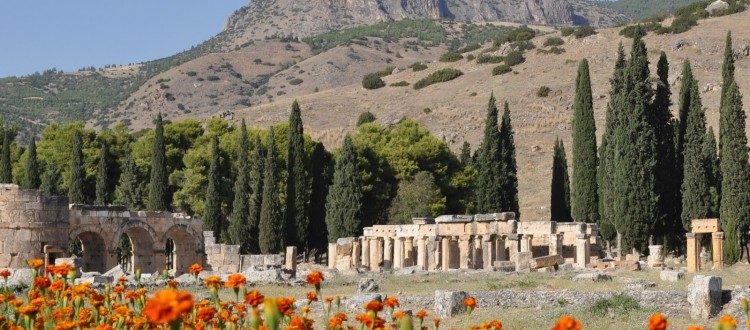
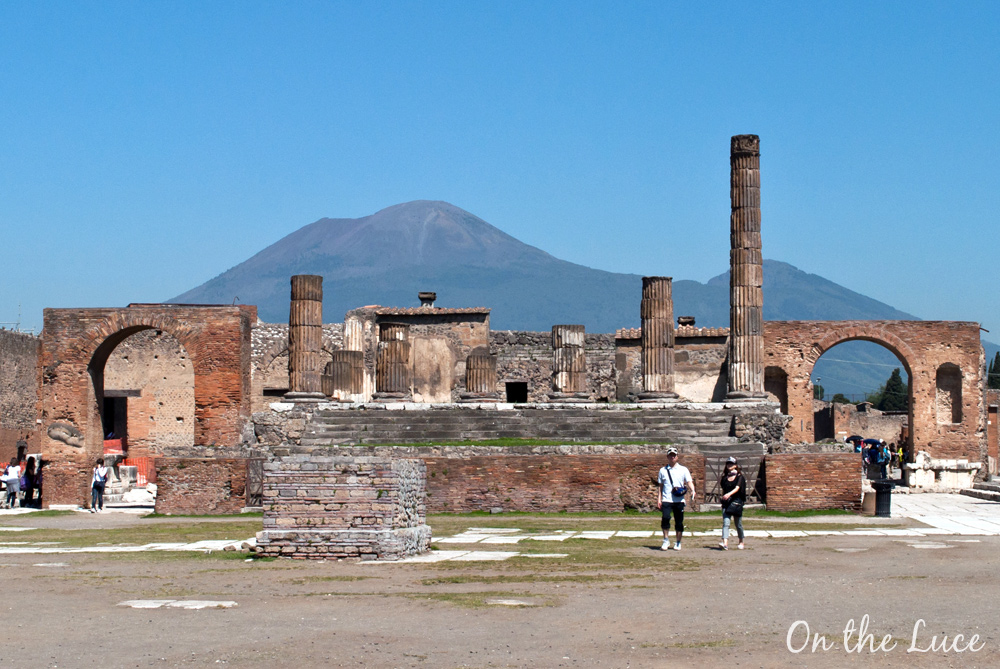
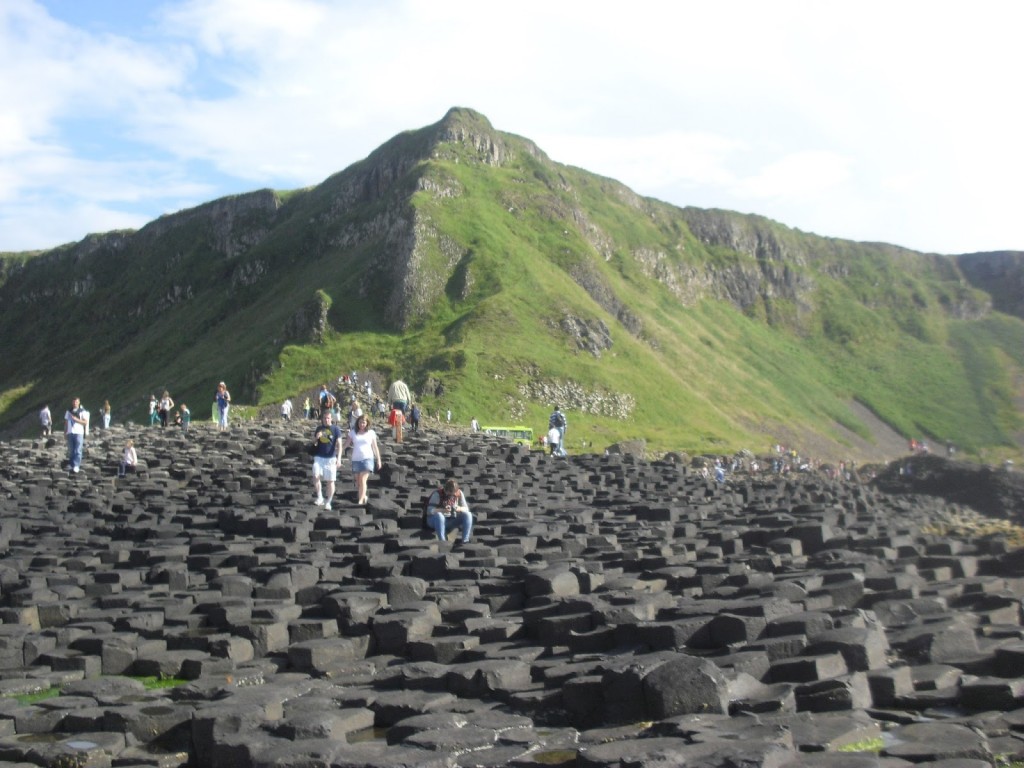
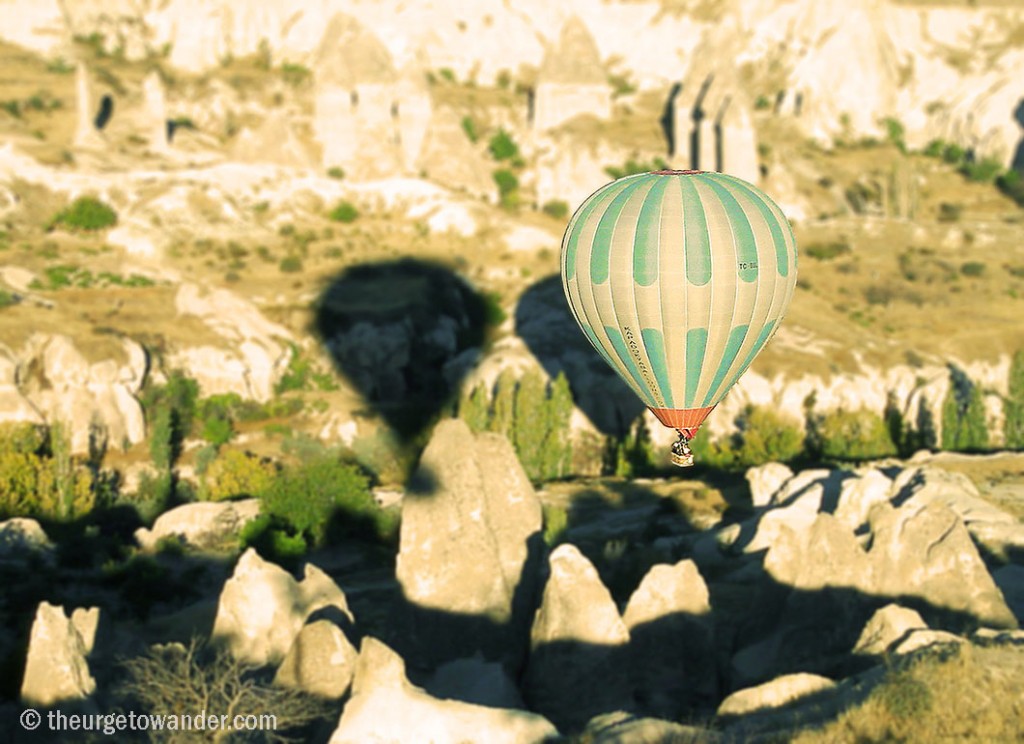
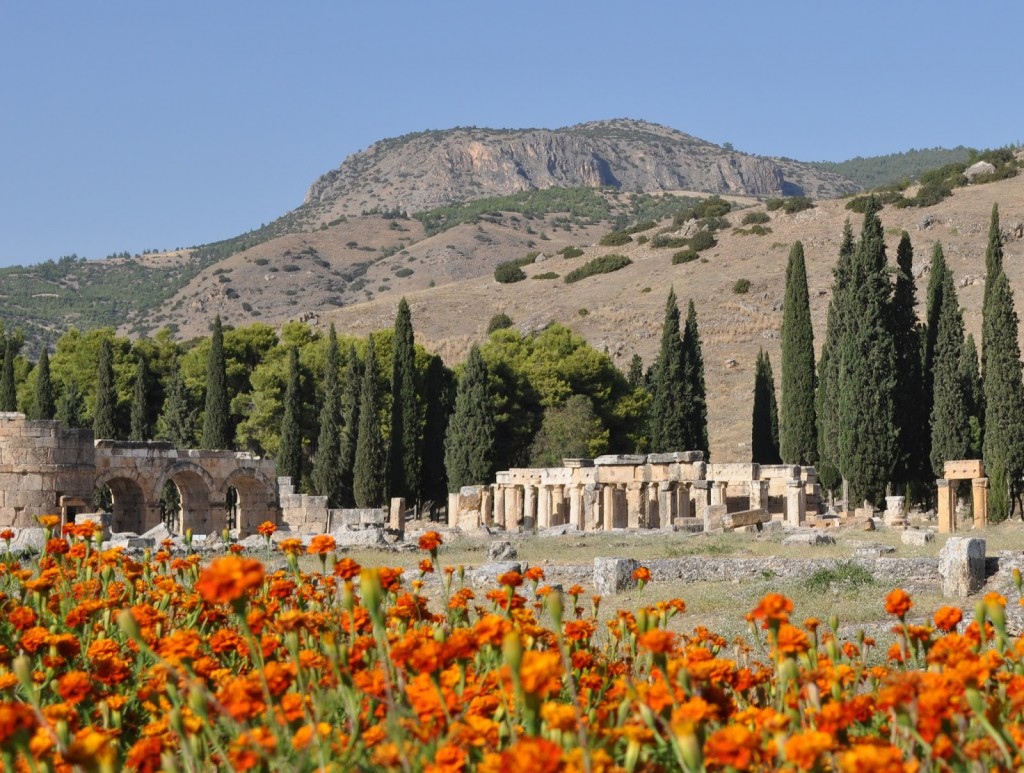
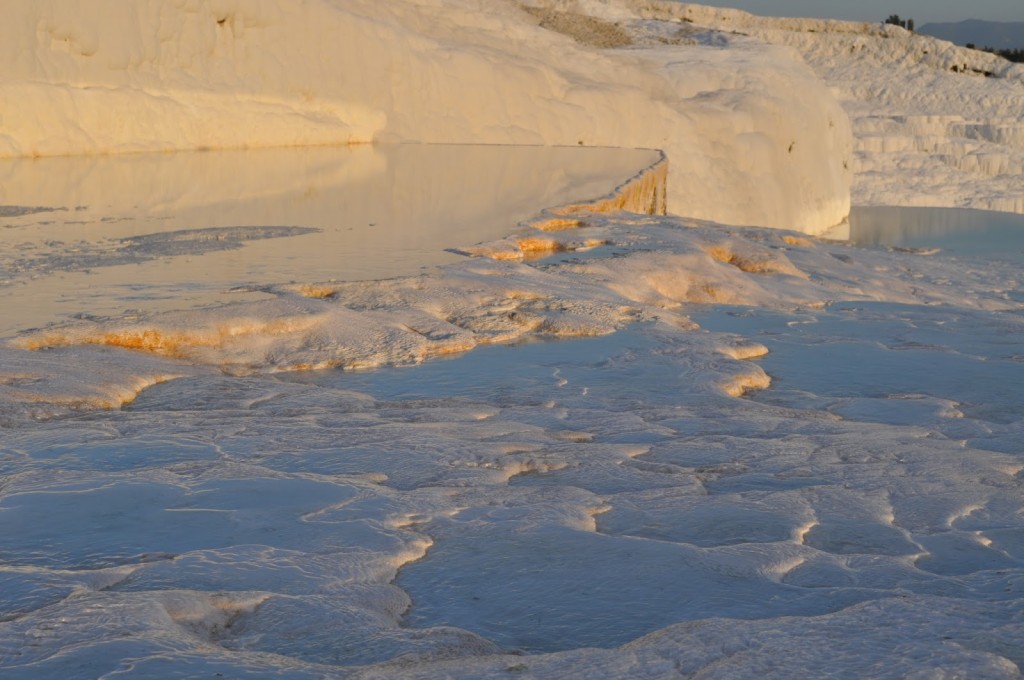
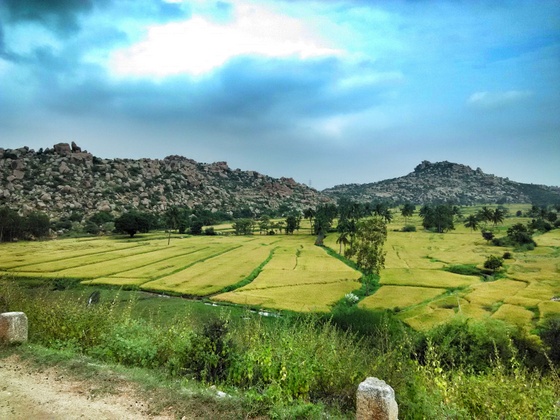
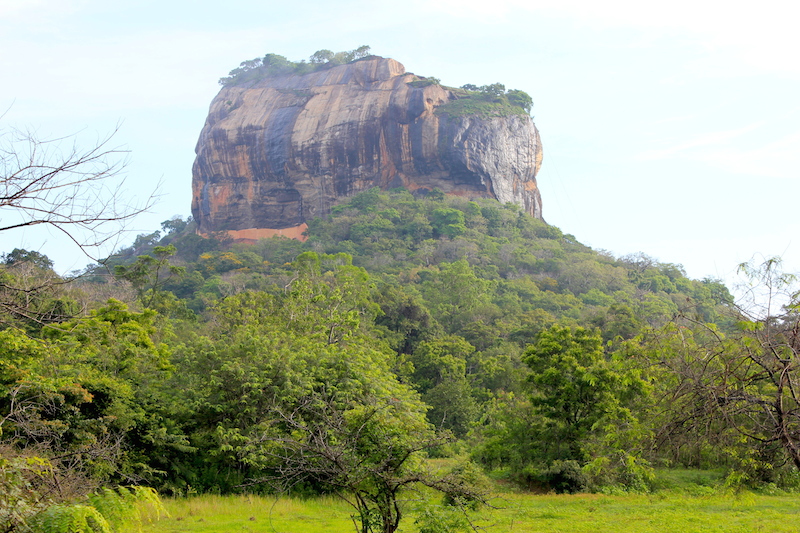
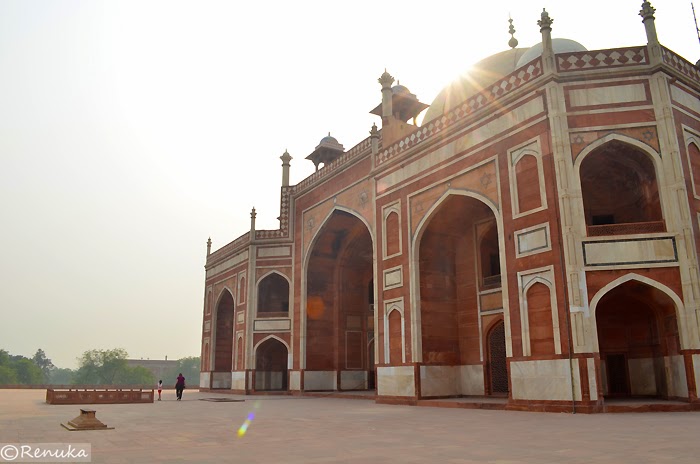
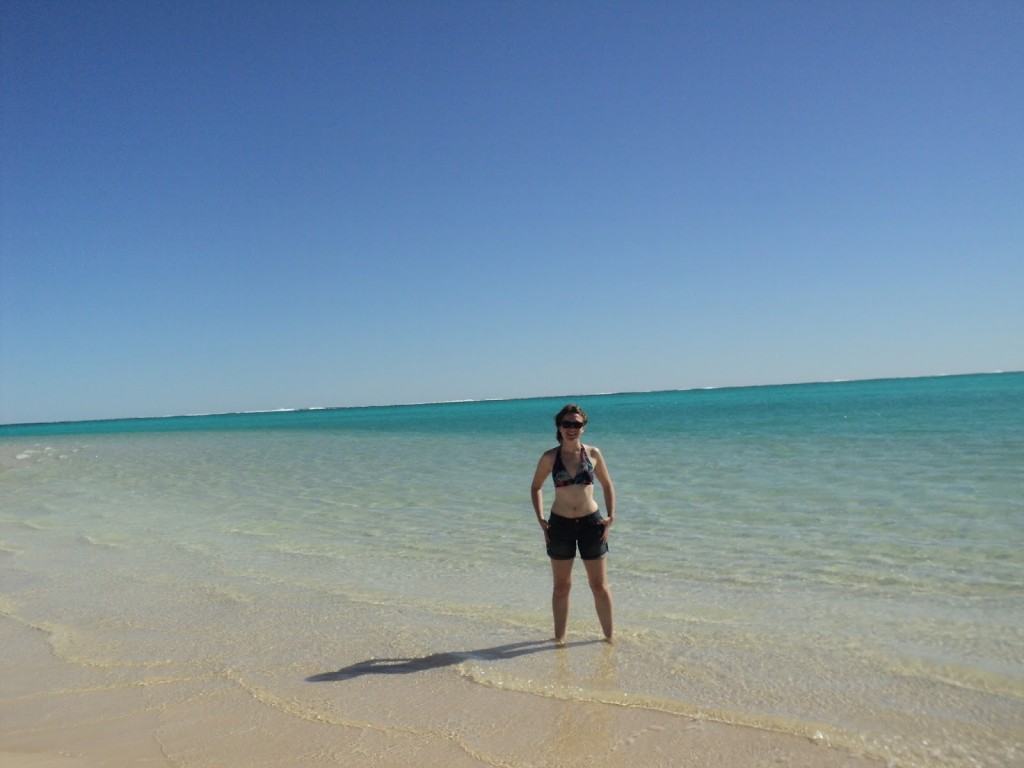
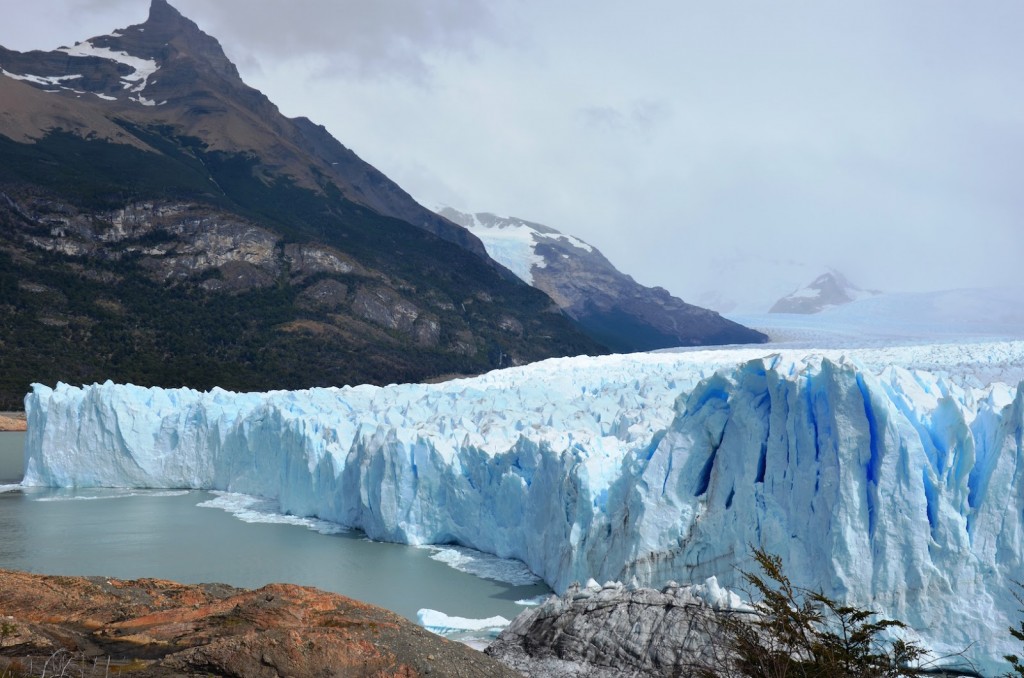
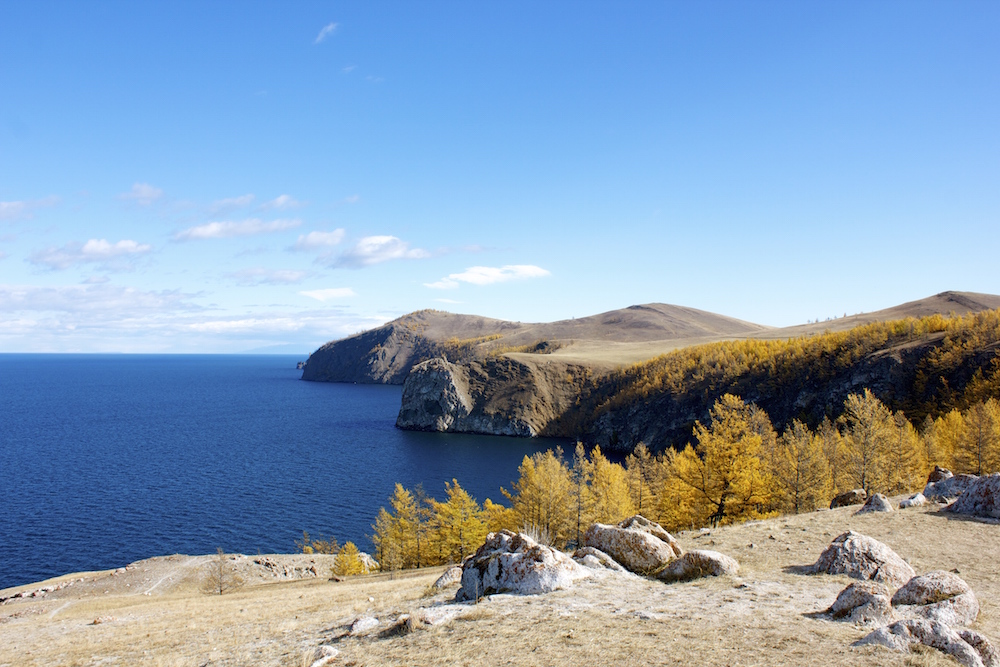








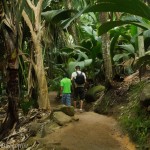
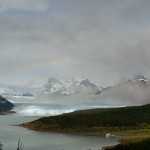

Great list! Hampi is my favorite, too!
Thanks Renuka! We are yet to get to Hampi!
Sonia & Ankur, thank you for inviting me to be a part of this lovely post. So many UNESCO sites on that list I have yet to visit! We almost made it to El Calafate in 2011, but had to ditch our plans when freak ash clouds forced the Buenos Aires airport to shut down 🙁 Hope to return someday.
Loved this compendium and am looking forward to going there some day( not sure how I can travel with a toddler). Thanks Sonia. Cheers.. Prachi
Thank you for including my chosen sight in this great list! I’ve been to a few of these like Pompeii and Hampi (Hampi in particular came as a wonderful surprise as I had never even heard of it for a long time and then saw how magnificent the ruins were) and there’s a few others here that I’d love to visit. Great little round up of some I knew all about and others I was less aware of 🙂
Pingback : This is India! 53 - Hippie In Heels